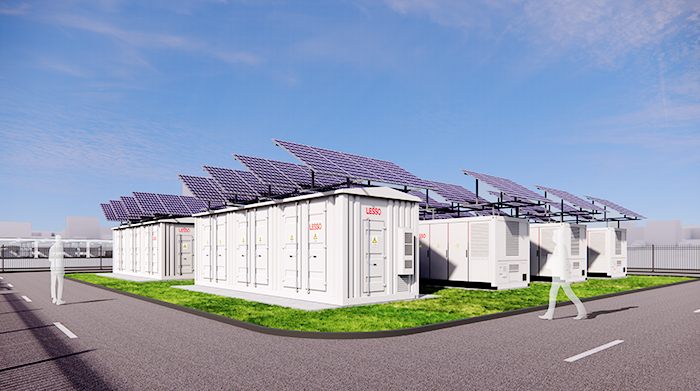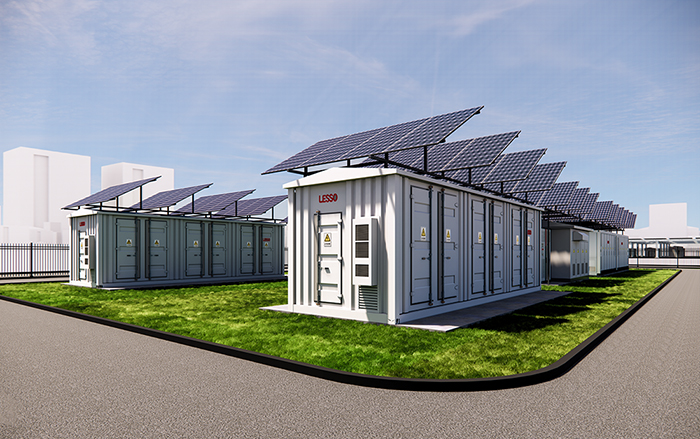As the global need for renewable energy grows, photovoltaic (PV) systems are being more widely used in the commercial and industrial sectors. A well-designed PV system not only meets an organization's energy needs, but also lowers operating expenses, improves the organization's environmental image, and helps to achieve carbon neutrality.

1. Module Selection: The Trade-Off Between Efficiency and Cost.
Efficiency vs. cost: When selecting PV modules, the two most important considerations are efficiency and cost. High-efficiency modules, while more expensive, can provide more energy output and economic benefits in the long term. In the current market, mono-crystalline silicon modules are preferred for their high efficiency and stability, although poly-crystalline silicon modules are equally competitive due to their inexpensive cost.
Materials and technologies: In addition to standard silicon-based modules, thin-film PV modules and novel high-efficiency modules (such as hetero-junction and back-contact modules) provide a wide range of alternatives. The design must take into account elements such as module durability, temperature coefficient, and shadow loss.
2. System Layout: Optimal Design and Energy Capture.
Consideration of building characteristics: The layout design of PV systems must take into account the structural aspects of the structure, such as roof area, form, orientation, and surrounding environment. These variables have a direct impact on the installation angle, direction, and arrangement of PV panels.
Shadow management: A good layout design can significantly lessen the influence of shadows on system performance. The ideal installation strategy can be created using software simulation and on-site study to guarantee that the system captures as much energy as possible during different seasons and times of year.
3. Inverter Matching: The Key to Improving System Performance.
Inverter type: The selection of an inverter is crucial to the overall performance of a PV system. Depending on system size and requirements, centralised, string, or micro-inverters can be used. Micro inverters can enable maximum power point tracking for each PV module, hence improving system efficiency.
Energy management: Inverters are responsible for more than just DC to AC conversion; they also manage and monitor energy. Modern inverters frequently engage with the smart grid to provide demand response and energy storage support, significantly improving system economics and reliability.
4. System monitoring and maintenance: Ensures long-term steady operation.
Monitoring system: An effective monitoring system can follow the PV system's performance in real time, identifying and resolving issues as they arise. Data analysis can improve system performance and extend equipment life.
PV panels must be cleaned and maintained on a regular basis in order for the system to function properly. The maintenance programme should be tailored to the local climate and environmental parameters.
5. Economic Benefit Analysis: Ensures Return on Investment.
Payback period: When developing a PV system, a thorough examination of the project's initial investment, operational costs, estimated returns, and regulatory support is necessary. This aids in determining the appropriate investment amount and financing method for the project, as well as assessing its economic advantages.
Policies and incentives: Policy support in each country and region has a substantial impact on the economics of solar power projects. Understanding and implementing various subsidies, tax breaks, and green credit laws can considerably boost the investment attractiveness of a project.

PV system design for commercial and industrial buildings is a complex project that requires careful consideration of numerous technical and economic issues. Companies may construct an efficient and cost-effective PV system by carefully planning and designing it, resulting in energy autonomy, lower running costs, and environmental protection.







